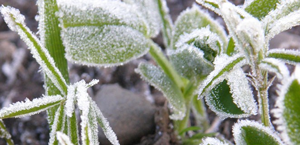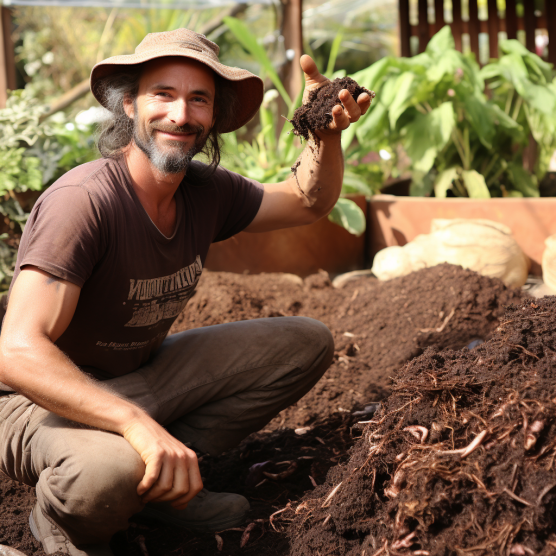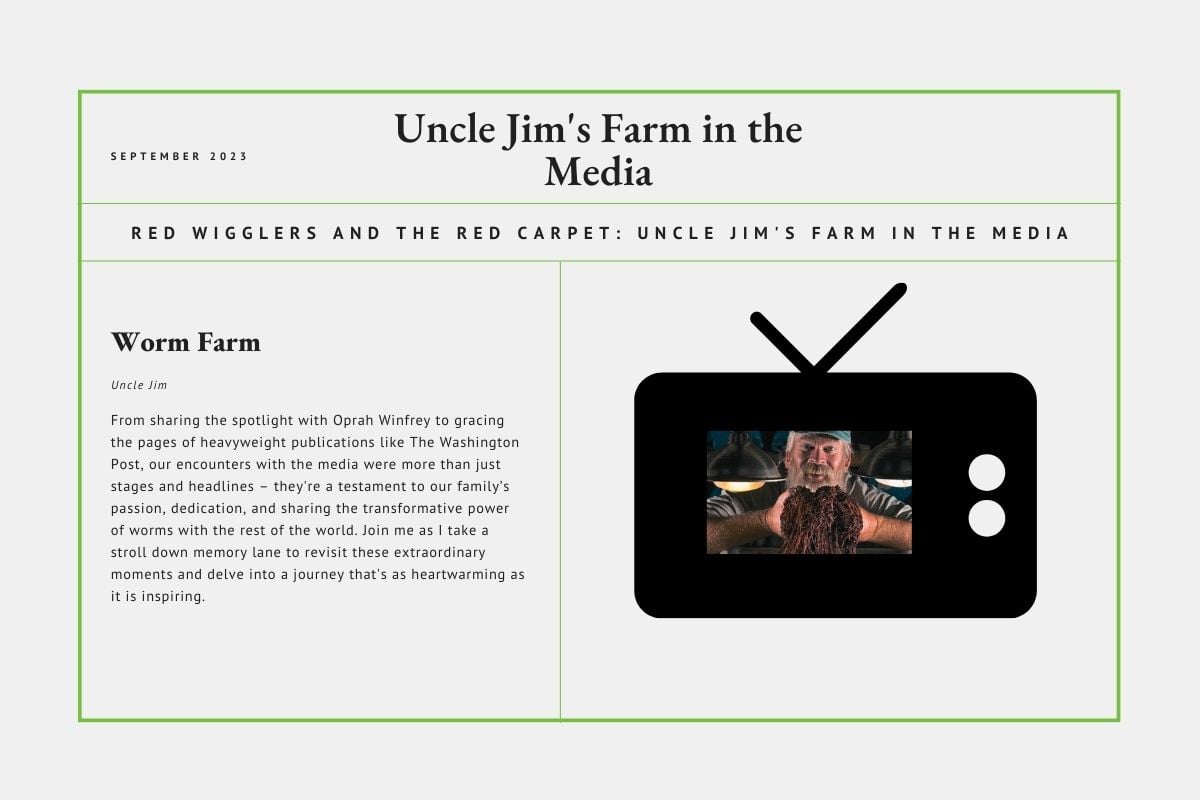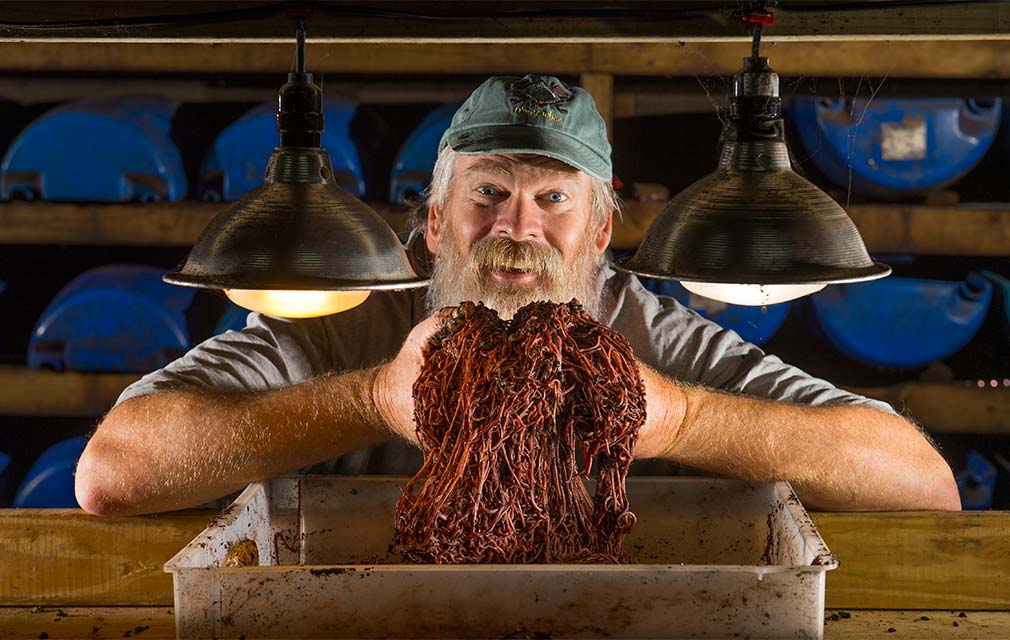 As it comes time to start readying our gardens for spring, it is also a perfect time to decide what vegetables will grow the best in your particular environment and climate. Different types of vegetables will grow easier and faster depending on your environment.
As it comes time to start readying our gardens for spring, it is also a perfect time to decide what vegetables will grow the best in your particular environment and climate. Different types of vegetables will grow easier and faster depending on your environment.
There are four different categories that home-grown vegetables fall into: very hardy, hardy, tender and very tender. “Hardiness” is a term that indicates how well a vegetable tolerates cold. Generally speaking, the growing season wherever you live is determined by the average last frost (spring) and average first frost (fall). The hardiness of a plant tells you how far in advance of the “last frost” they can tolerate.
Very Hardy plants can be planted anywhere between 4-6 weeks prior to the last frost of the spring. Vegetables such as cabbage, peas and lettuce need to be planted in advance so they have time to mature before the weather gets too warm. A few other plants that can be planted prior to the last frost are asparagus, onions, broccoli, turnips and spinach.
Hardy plants are able to tolerate slight cold, and can survive maybe on frost of the season. This means they can generally be planted about 3 weeks prior to the last frost. A few examples of this type of plant are carrots, beets, radishes,
Tender vegetables need to be planted after the last frost of the season. These plants are slightly more temperamental than very hardy and hardy vegetables. Corn, peppers – both sweet and hot, melons and eggplant are all examples of tender vegetables. They are best grown in warmth, but not the dead heat of summer.
Very tender vegetables are plants that need not only warm air, but also warm soil in order to really thrive and grow the way they need to. These types of plants are watermelon, pumpkins, jalapeno peppers, sweet potatoes, and okra.
The average frost dates for your area are tracked by your County Extension office for a few years and averaged together. If you are unsure of the frost dates, you can contact your County Extension office and they can give you the date. It is also a good idea to be aware of the temperatures in your area during the current season; meaning that if you are currently experiencing a very harsh winter, it might be a good idea to postpone your first planting by a week or two in order to potentially save your crops from freezing. However on the other hand, be aware if you are having a very mild winter and can plant crops a week or two early. Use your best judgement and your garden will grow successfully!








